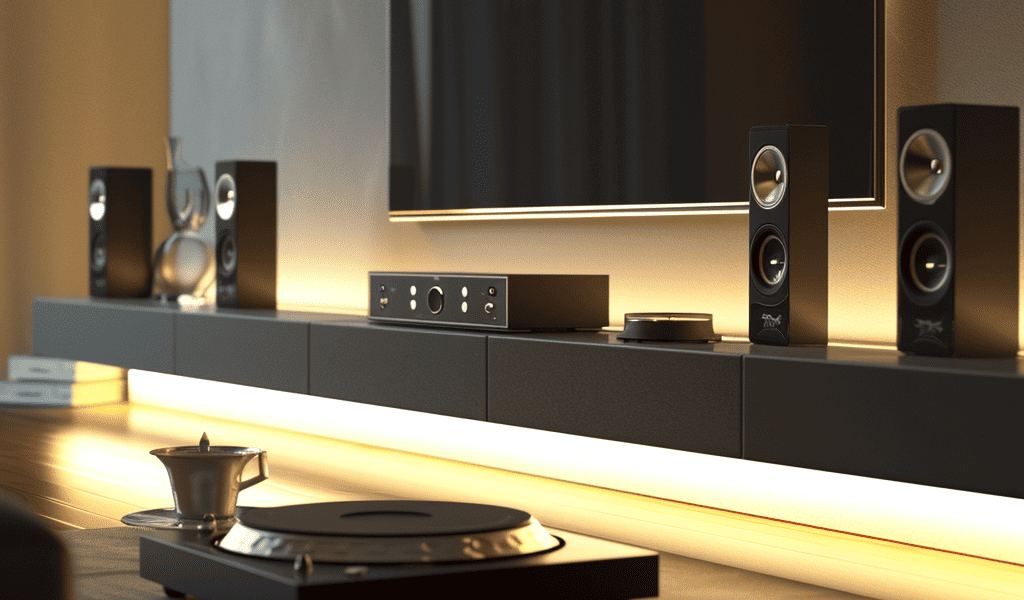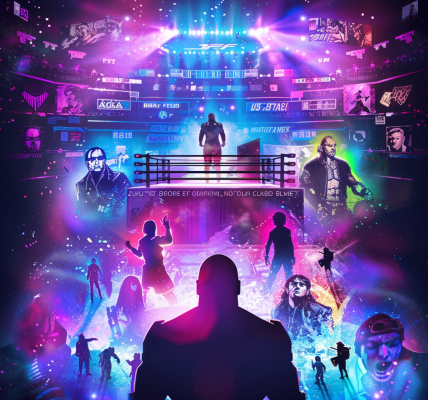The term “hi-fi” — or “high fidelity” — dates back to the 1950s when it was used to describe audio equipment that was able to faithfully reproduce music. It meant that the music sounded like you were listening to the band or artist in person. Over the years, the definition of “high-fidelity” has evolved as the audio equipment and the ways we listened to music have also gotten better. What counts as “hi-fi” today? It’s not so easy to say.
In the 1970s, the definition of hi-fi evolved with the introduction of stereo sound. With the addition of a second speaker, or second channel, stereo was able to add another layer of realism to the music. “It made such an impact on recorded sound that people started referring to a ‘Hi-fi’ as a ‘Stereo’,” explained Alex Munro, the brand director at Q Acoustics.
In the early 1980s, CDs came along and eliminated a lot of the extra noise, like the crackling and other imperfections that like vinyl is now sought out for. Perhaps more importantly, CDs were one of the first mainstream digital audio formats, which helped pave the way to today’s digital streaming age.
In the 90s, quality took a detour as the age of Napster and the iPod ushered in the dominance of compressed digital audio files like the MP3, which destroy data in their quest to get file size down. What hi-fi is may be a point of contention, but lossy compression certainly does not fit the bill.
Many of today’s music streaming services (including Apple Music, Amazon Music HD, Tidal, Deezer and Qobuz) offer a lossless streaming tier, meaning you can listen to digital audio files that are the same or better audio quality than a CD.





